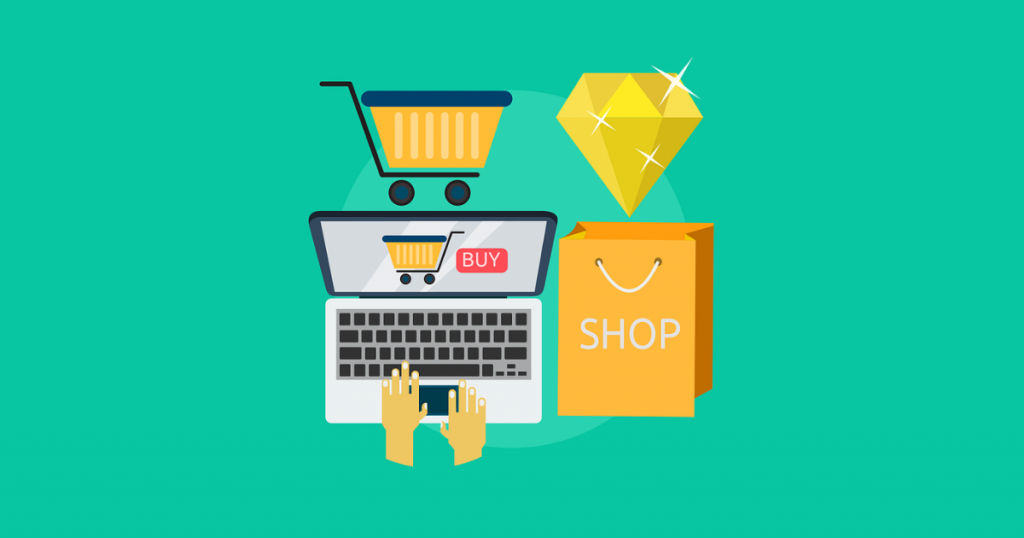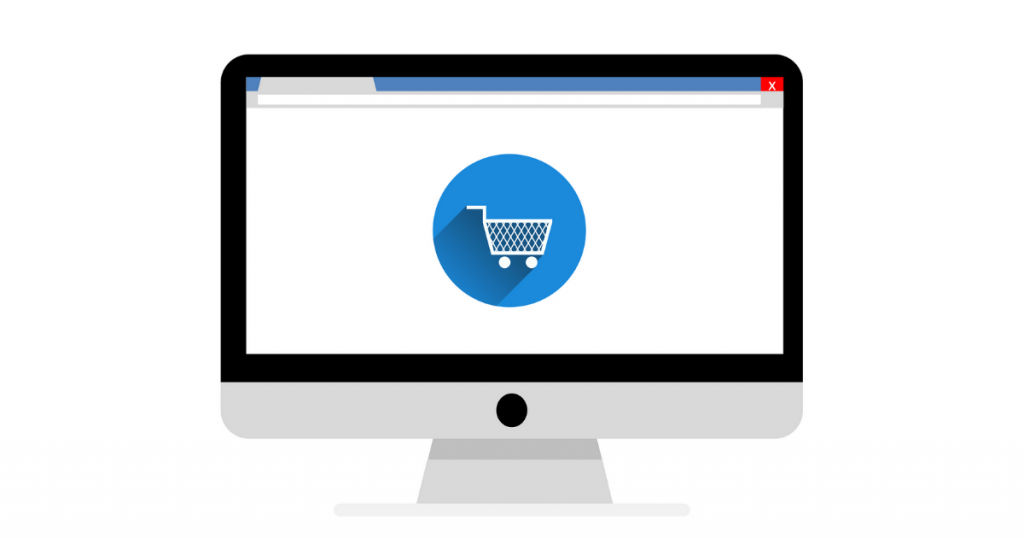
Multichannel retailing is when a company offers several ways for customers to buy products and services. It is a type of marketing strategy that includes selling through traditional outlets like catalogs, mail, brick-and-mortar stores, and telephone. However, it also comprises advanced electronic and mobile channels like websites, emails, apps, chats, and social networks.
Multichannel retailing is a great way to develop a brand and expand your reach to plenty of consumers. Every business owner would want to target channels that provide the maximum return on investment. Let’s review all about multichannel retaining and what it has to offer.
Table of Contents
Classification of multichannel retailing
Multichannel retailing is classified into six types, namely –
1. Brick and Mortar
2. Internet Channel
3. Catalog Channel
4. Direct Selling
5. Television Home Shopping
6. Automated Retailing
1. Brick and mortar/store channel – The purchase of products in physical stores that provide various benefits to customers. These benefits cannot be attained when they shop via non-store channels like the internet. The benefits comprise sensory touch and feel of the products before they buy, getting personal service, reduced risk, instant fulfillment, entertainment and social experience, physical browsing at close quarters, and cash payment.
2. Internet channel – Internet retailing is also referred to as online retailing, electronic retailing, and e-tailing. It is a type of retail channel wherein the products and services offered for sale are lead to the customers over the internet. The benefits of internet channels include a wide-ranging and more profound assortment, more timely facts for assessing merchandise, no time restraints, and personalization.
3. Catalog channel – Catalog channel is a store-less retail channel where the retail product offering is delivered via a catalog mailed to the customers. The merchandise categories with the utmost catalog sales are drugs and beauty aids, clothing, accessories, computers, software, furniture, housewares, books, music, and magazines.
4. Direct selling – It is a retail channel where sales associates get in touch with customers face-to-face and interact in a suitable location, like at the customer’s home or work. Sales associates exhibit merchandise merits, explain its features and services, take orders, supply the merchandise, etc. It is an exceptionally interactive channel that holds face-to-face discussions. Two major types of direct selling are as follows –
a. Part plan system – the salesmen encourage customers to perform as hosts and call their friends or coworkers to a party, where the products are displayed, and attendees place orders.
b. Multilevel system – independent business people function as master distributors, employing other distributors to present in their network.
5. Television home shopping – Another retail sales channel where the customers watch a television show demonstrates the product. Orders are then placed for that product, typically by telephone. Three forms of TV home shopping retailing are as follows –
a. Cable channels to television shopping.
b. Infomercials that run for around 30 to 60 minutes combine entertainment and product demonstrations and ask orders to be placed by telephone.
c. Direct response advertising runs for approximately 1 or 2 minutes on television and radio mediums, describes products, and offers the opportunity for consumers to order them.
A majority of the purchases are done by a moderately small section of viewers. The main advantage of TV home shopping is that the consumers can view the merchandise demonstration either on television screens or through video streaming on the internet.
6. Automated retailing (Vending machines) – A retail channel where the products or services are stored in a machine that dispenses to customers when cash is deposited or a credit card is used. Vending machines are located at suitable and high-traffic places. It is used chiefly for candy, snacks, and cold beverages.
Benefits of multichannel retailing

Multichannel retailing is a worldwide recognized marketing concept that is ever-transforming. The bottom line is that nowadays, many companies face the expectation of providing customers a variety of means to shop. Customers look for convenience and making purchases straightaway.
Multichannel retailing provides the following benefits –
a. Flexible purchasing and paying modes for goods and services
b. More opportunities to create a brand among numerous audiences
c. Added probabilities of imploring and making use of consumer testimonials
d. Round the clock access to customers to develop brand loyalty
e. A higher degree of visibility amid several demographics
f. Enhanced analytics to help analyze and understand consumer behaviors
Issues in multichannel retailing
a. Providing an integrated shopping experience across all their channels as unique skills and resources are required to handle each channel.
b. Cost of selling products through different channels varies. Selling through the internet channel does not incur building, operating costs, and employee compensations. But other costs include design, maintenance, online marketing expenses, distribution systems, warehouse fees, the cost involved in fulfilling orders, and handling the significant level of returns. Sometimes these costs may even be greater than the expenses of operating in physical stores.
c. Potential for disintermediation causes retailers to worry because manufacturers can access their consumers directly by establishing an online retail site. Apple smartphones and other accessories are sold directly to consumers both through its website and, at the same time, indirectly through online or retail stores. But many manufacturers do not possess the skills to sell to consumers directly.
Organizing for multichannel retailing

Since each sales channel provides a unique set of advantages, the retailer’s customer profiles that purchase through different channels are not similar. Therefore a crucial decision for multichannel retailers is how far they should integrate the channel’s operations or have various organizations for every channel.
a. Centralized customer database – it holds a complete history of every customer interaction with the retailer to offer a smooth experience.
b. Brand image – Retailers must offer a steady brand image of themselves and their private-label products through all channels.
c. Merchandise assortment – Diverse collections are fitting for each of the channels.
d. Pricing – Customers expect consistent pricing through all channels.
e. Reduction of channel migration – Retailers require their customers to search the information and finish the transaction through their channels. However, searching for low-cost products on the internet upturns the chances of channel migration.
In case you are looking for any multichannel retail software for your business then SaaSworthy can help. Check out some of the top multichannel retail software here.






